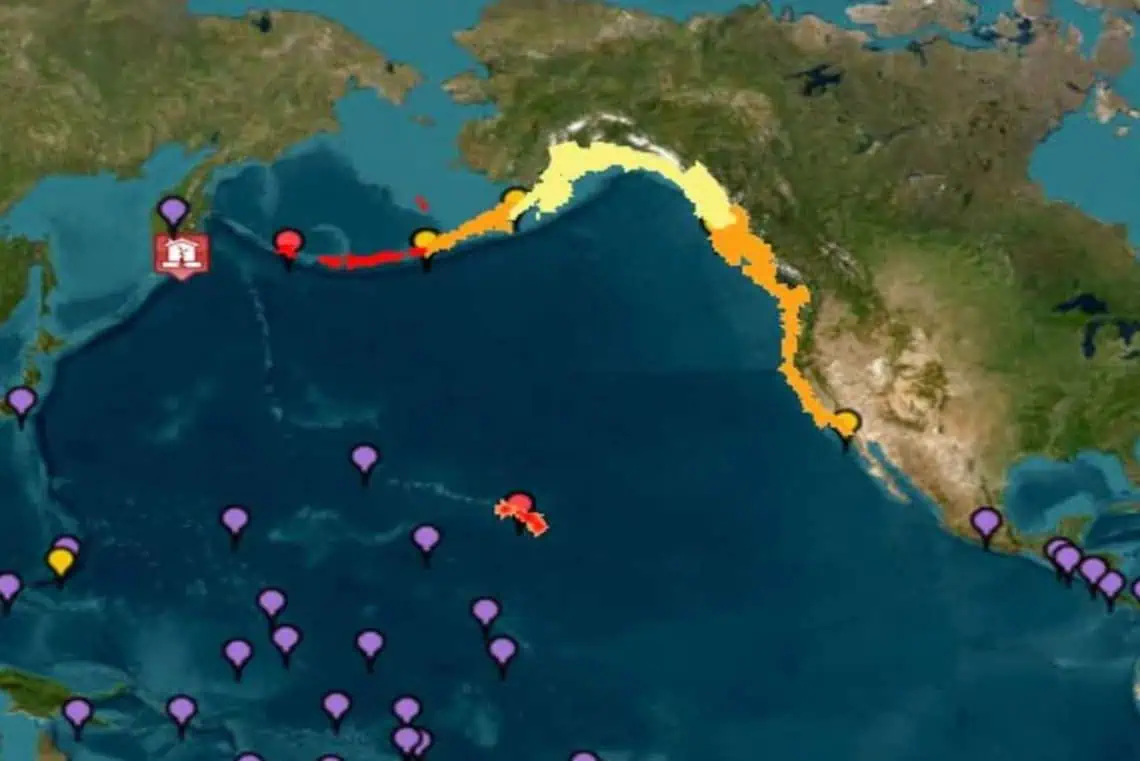Late on July 29, 2025, local time (23:25 GMT on July 29), a powerful earthquake struck off Russia’s eastern Kamchatka Peninsula. Authorities have since revised the quake’s magnitude to 8.8 (initially reported as ~8.0 and later 8.7). The epicenter was located approximately 125–136 km southeast to east-southeast of Petropavlovsk-Kamchatsky, at a shallow depth of around 19–19.3 km, amplifying its surface impact.
Tsunami Warnings & Waves
Instruments and authorities—including the Pacific Tsunami Warning Centre (PTWC) and Russian Emergency Ministry—issued widespread tsunami warnings across the Pacific region, including Russia, Japan, Hawaii, Alaska, California, Canada, Philippines, New Zealand, Chile, Ecuador, Peru, China, Taiwan, Mexico, and Solomon Islands.
Japan issued evacuations for nearly 2 million people, including near Fukushima, although no damage was reported to the nuclear plant.
Hawaii activated tsunami sirens and evacuated coastal areas, observing waves up to ~1.8 m; Pacific U.S. West Coast alerts were also activated and then lifted.
In Russia, especially around Severo‑Kurilsk, tsunami waves reached 3–4 m, flooding parts of the port, dragging vessels and containers – prompting an emergency declaration and evacuation of around 300 residents.
Lesser wave alerts (under 1 m) were noted for Kamchatka’s areas, and some districts expected waves up to 60 cm locally.
Additional Notes & Impact
Russian officials report minor injuries, primarily from people fleeing buildings (one person jumped, another was injured indoors). Building damage included a kindergarten, as well as power outages and mobile disruptions in Petropavlovsk-Kamchatsky.
The quake has been described by Kamchatka’s governor as the strongest in decades, surpassing any in the region since the catastrophic 1952 Severo‑Kurilsk 9.0 quake.
Aftershocks followed the main event, and monitoring continues across the seismic zone and at-risk coastal communities.
